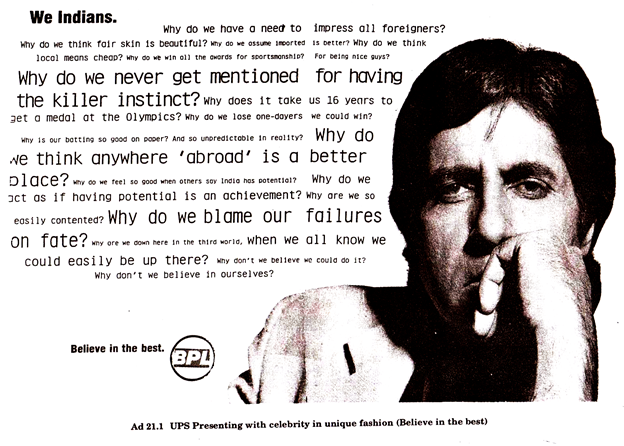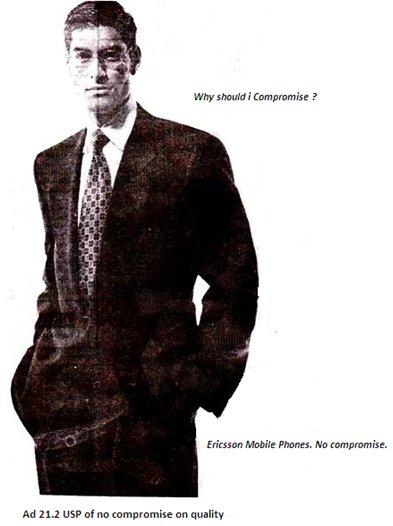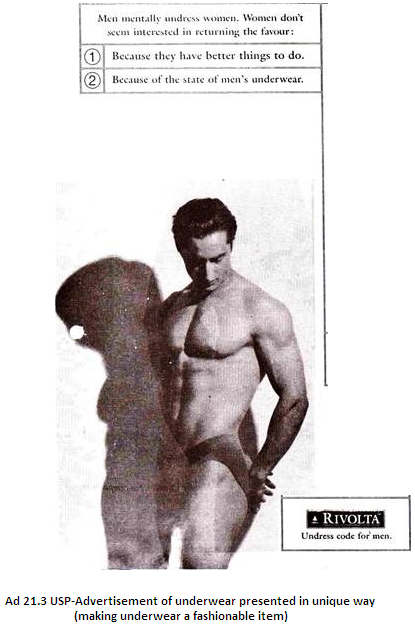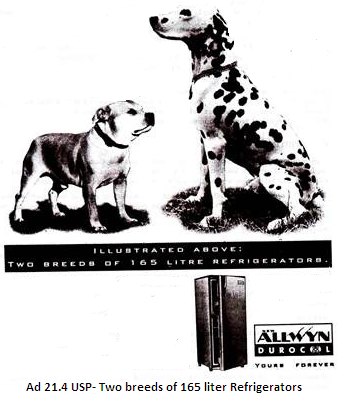The concept of unique selling preposition (USP) was developed by Rosser Reeves, former chair of the Ted Bates agency, and is described in his influential book Reality in Advertising.
Reeves noted three characteristics of unique selling proposition:
1. Each advertising must make a proposition to the consumer not just words, not just product puffery, not just show window advertising. Each advertisement must say to each reader: “Buy this product and you will get this benefit”.
2. The proposition must be one that the competition either cannot or does not offer. It must be unique either in the brand or in the claim.
3. The proposition must be strong enough to move the mass millions, that is, pull over new customers to your brand.
Reeves said the attribute claim or benefit that formed the basis of the USP should dominate the ad and be emphasized through repetitive advertising. According to Reeves, there must be a truly unique product or service attribute, benefit or inherent advantage that can be used in the claim.
This may require considerable research on the product and consumers not only to determine the USP but also to document to claim. Advertisers must also consider whether the unique selling preposition affords them a sustainable competitive advantage that cannot easily be copied by the competitors.
According to Reeves, much of advertising was smoke and mirrors. What a campaign required was an effective USP to move merchandise off shelves same thing he did successfully for companies such as Colgate Palmolive. To him, all successful advertising should make a proposition—or Promise—which makes the product worth buying and is different from what’s offered by others in the same category.
To Reeves, the proposition ‘Fights bad breath and tooth decay’ was a strong Colgate USP, Just as was that of Lux—’the beauty soap of film stars’. He reasoned that if this was done consistently, consumers would not only perceive a brand as unique but would also buy it because of the selling proposition in its advertising.



